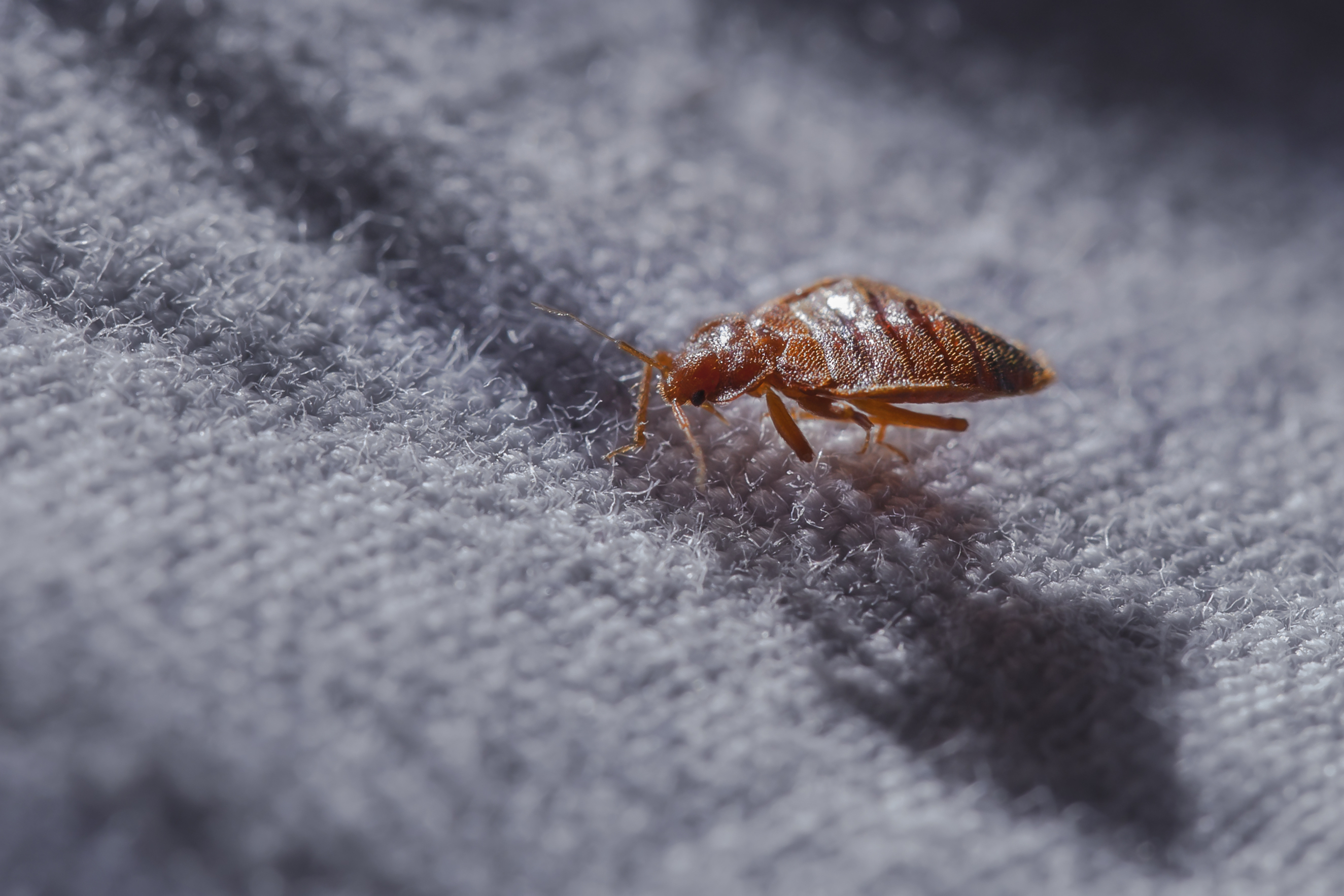Bed Bugs
What is it?
Bed bugs are oval-shaped, flat insects. They become brown and grow up to 5mm long as they mature. Even though they need blood to grow, they are resilient and can live for up to a year without eating.
Bed bugs commonly live in cracks and crevices in and around your bed, particularly in mattress seams, and they can also travel on your clothing, furniture, bedding, and luggage. Usually, bedbugs feed on humans, but they also feed on other warm-blooded animals. The night is the most common time for bedbugs to feed. While they do not transmit diseases, bed bugs are upsetting and hard to eliminate.
What are the symptoms?
The feeling of being bitten regularly
The bite marks are similar to that of a mosquito or a flea
Slightly swollen and red areas that may itch and be irritating
The bite marks may be random or appear in a straight line
Insomnia
Anxiety
Skin problems that arise from the scratching of the bites
Causes
The following factors may contribute to bedbug infestations
Increased travel frequency
Changing pest control practices
Insecticide resistance
Clothing, luggage, furniture, boxes, and bedding can carry bedbugs from one site to another.
Bed bugs can easily travel between floors and rooms.
Diagnosis
Doctors can diagnose bed bug bites based on signs and symptoms and prescribe treatment for allergic or severe skin reactions. Report any physical evidence of bed bugs found.
Infestation Prevention
The good news is that bed bugs do not transmit disease. Regular inspection for signs of an infestation is the best way to prevent bed bugs.
